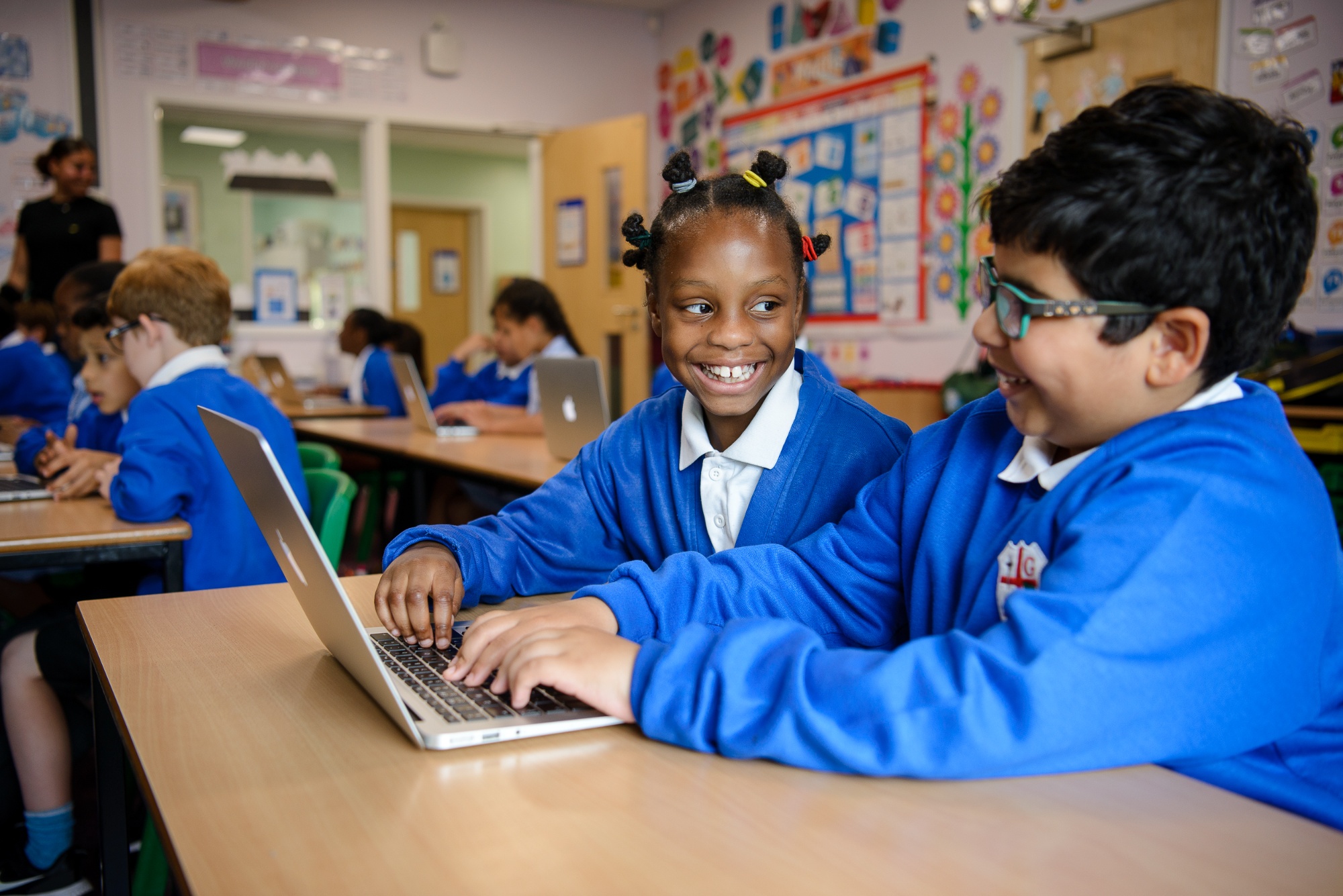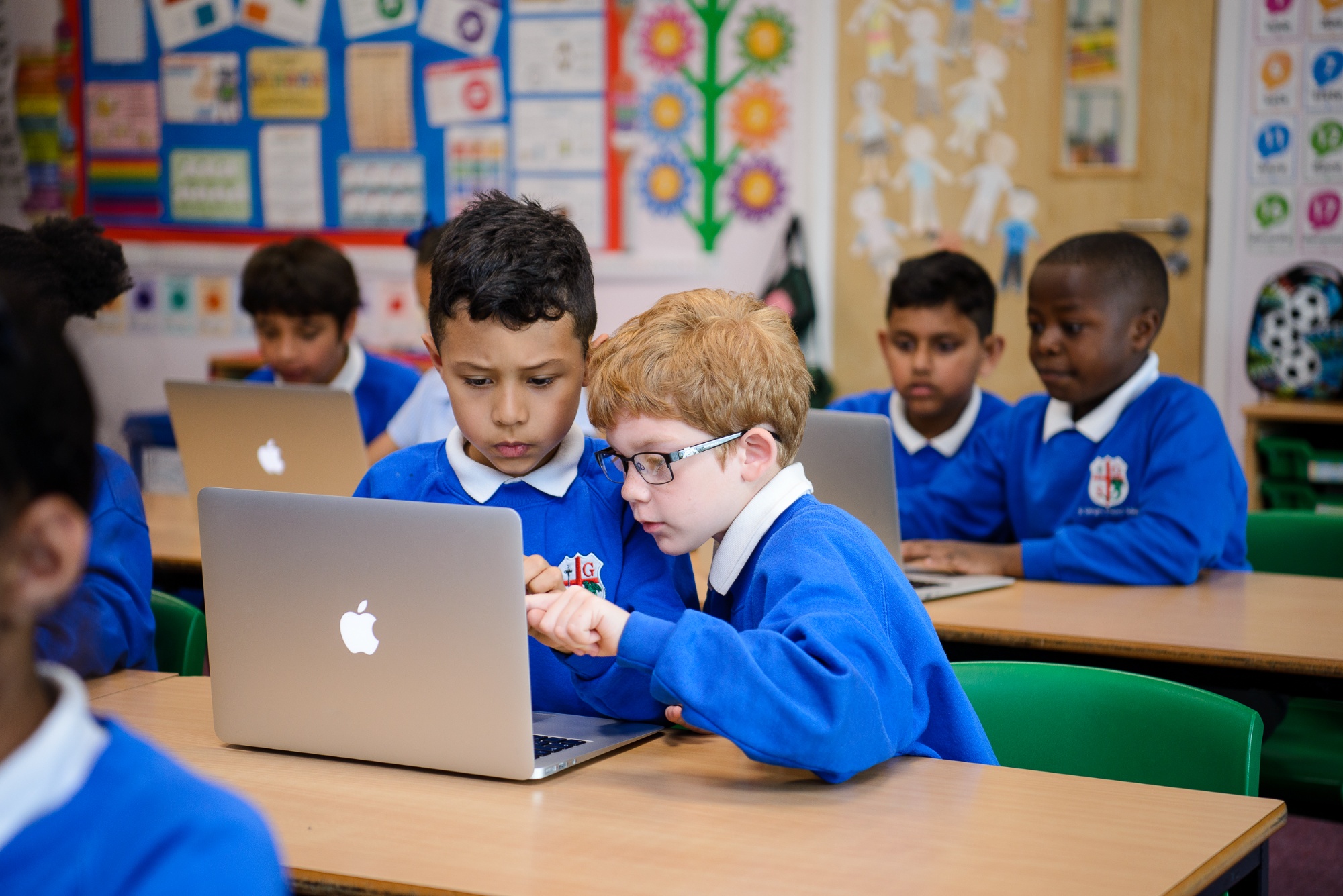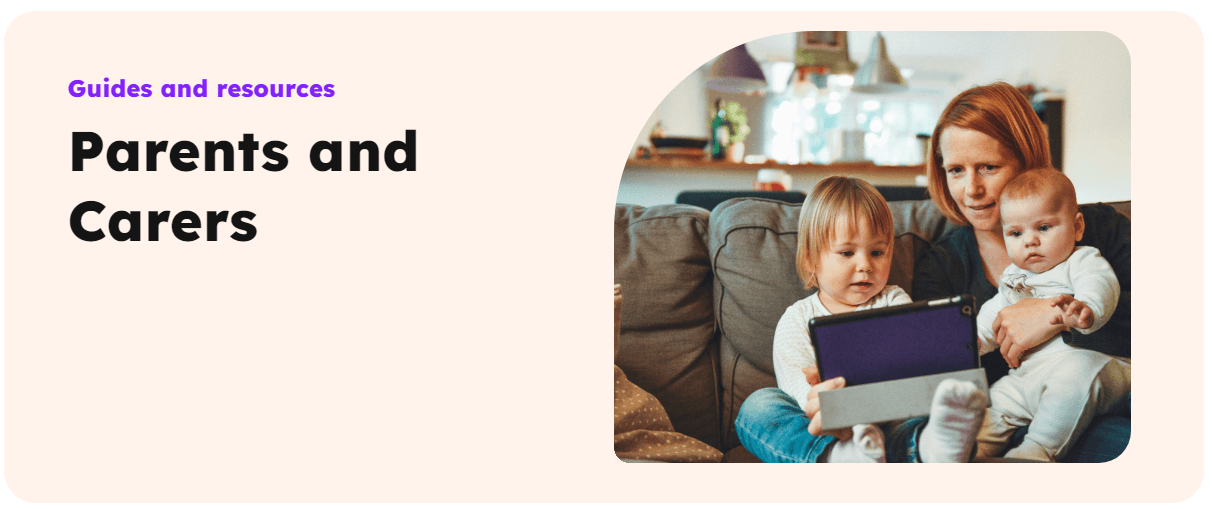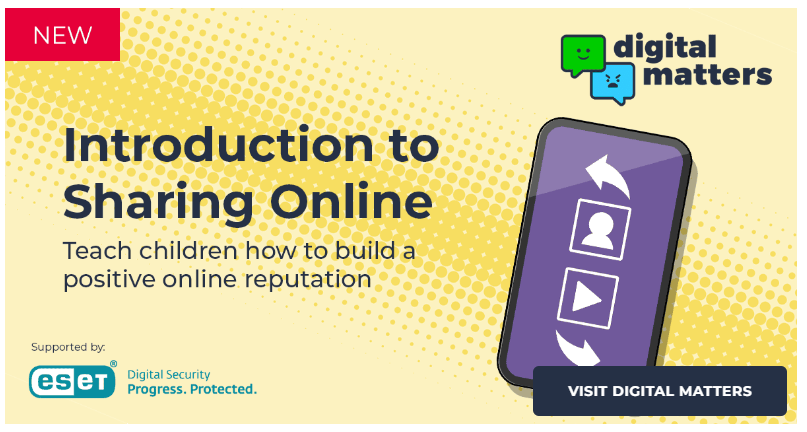Computing
Be analytical.
Be innovative.
Be safe.
Our Computing Curriculum Vision Statement
Be analytical. Be innovative. Be safe.
Intent
Our intent is to deliver the content outlined in the Computing programmes of study within the national curriculum, augmented with powerful knowledge carefully selected to build upon our pupils’ starting points of cultural capital.
To this end, we use the TeachComputing curriculum. This is a research-based, inclusive and ambitious curriculum which builds on prior learning and clearly outlines the key knowledge and vocabulary for each stage in the learning sequence. The aim is to embed the knowledge and skilled needs to prepare children for life in an increasingly digital world.
By the time they leave St. Georges, children will have gained key knowledge and skills in the three main areas of the computing curriculum: computer science (programming and understanding how digital systems work), information technology (using computer systems to store, retrieve and send information) and digital literacy (evaluating digital content and using technology safely and respectfully).
The objectives within each strand support the development of learning across the key stages, ensuring a solid grounding for future learning and beyond. Throughout each area, our aim is to equip children to use computational thinking and creativity to understand and change the world.
Implementation
All areas of our curriculum are implemented using ten principles of effective instruction outlined in our Teaching Touchstones, which work in symbiosis with the Gradual Release Towards Independence model for teaching.
Vocabulary and problem solving
In Computing, we are passionate about implementing our curriculum through embedding vocabulary relating to fundamental principles and concepts of computer science, as well as embedding problem-solving skills to enable pupils to become competent users of information and communication technology. We want children to analyse problems in computational terms, therefore it is essential to provide pupils with repeated practical experience of writing computer programmes in order to solve such problems. Supporting pupils in the acquisition of knowledge, through the use of key concepts, terms, and vocabulary, provides opportunities to build a shared and consistent understanding. Knowledge organisers, glossaries and displays, along with regular recall and revision, will be used to support this approach.
Key concepts
Our curriculum provides opportunities for the development of key concepts of computational thinking such as logic, evaluation, algorithms, patterns, decomposition and abstraction. Teacher’s will model and encourage approaches that develop these skills, such as tinkering, creating, debugging, collaborating and persevering. Modelling is particularly beneficial to novices, providing scaffolding that can be gradually taken away.
Coverage
The implementation of our curriculum ensures a balanced coverage of computer science, information technology and digital literacy. The children will have experiences of all three strands in each year group, but the subject knowledge imparted becomes increasingly specific and in-depth, with more complex skills being taught, thus ensuring that learning is built upon.
The core of computing is computer science, in which pupils are taught the principles of information and computation, how digital systems work, and how to put this knowledge to use through programming. Building on this knowledge and understanding, pupils are equipped to use information technology to create programmes and systems in a range of contexts. Our curriculum also ensures that children become digitally literate at a suitable level for the future workplace as active participants in a digital world.
Cross curricular links
The TeachComputing curriculum is designed to bring abstract concepts to life with real-world, contextual examples and a focus on interdependencies with other curriculum subjects. Each year group also has a set of iPads to ensure that all year groups have the opportunity to use a range of devices and programs for many purposes across the wider curriculum, as well as in discrete computing lessons. Employing cross-curricular links motivates pupils and supports them to make connections and remember the steps they have been taught.
We will also have access to PurpleMash as an optional, quality resources to give teacher’s ownership and autonomy over the curriculum, and to expose children to range of software.
Impact
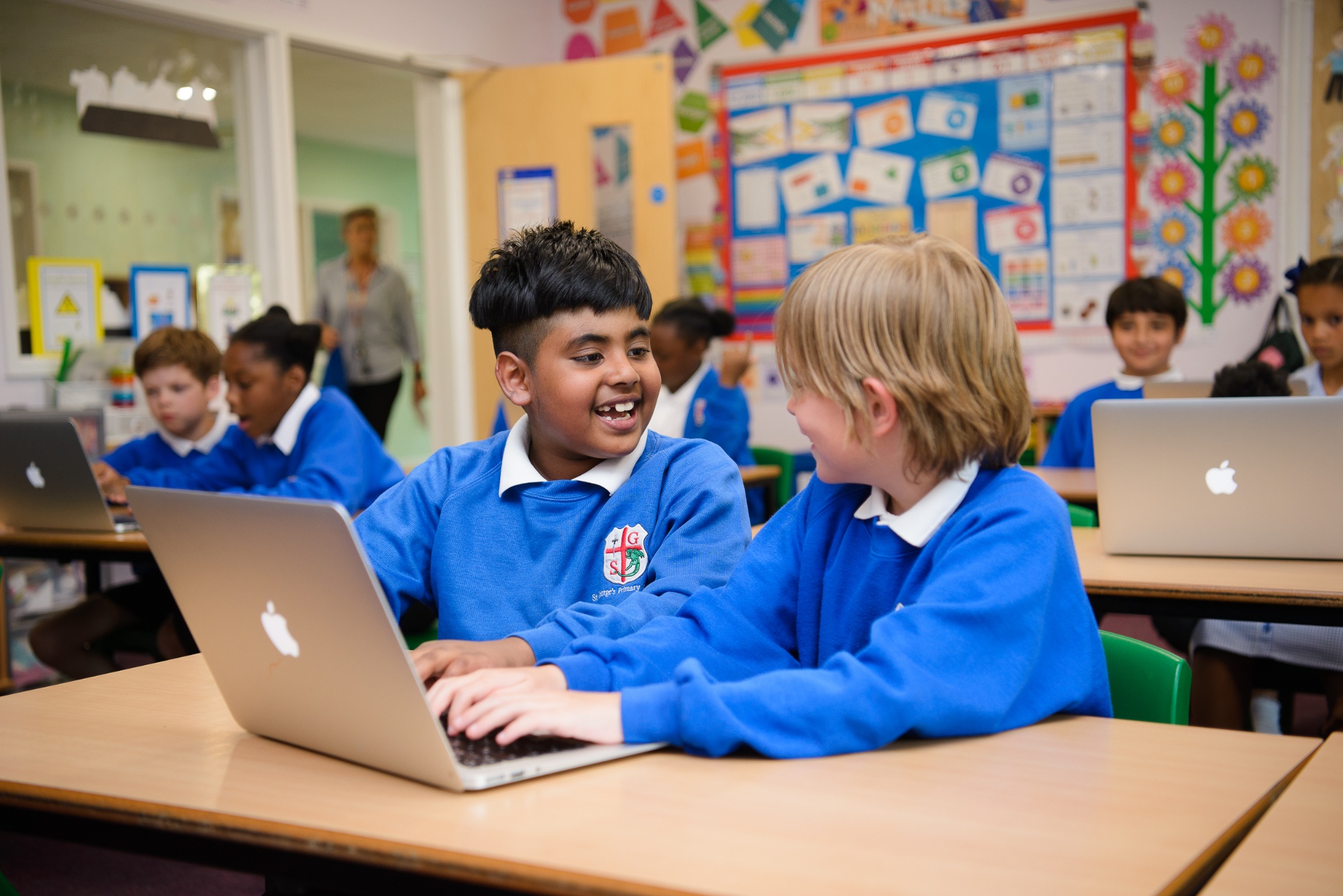
The impact of our curriculum is directly aligned to our whole school vision and culture statements, as well as the computing vision statement and the aims and purposes set out in the national curriculum.
We say to our pupils:
Be analytical
This means we want our pupils to:
Be brave:
-
Use logical reasoning to make predictions.
-
Change things to see what happens.
-
Use computing vocabulary to express and share my ideas with others.
-
Show a growth mindset when faced with a challenge.
Be great:
-
Compare solutions and decide on the best ones.
-
Evaluate and apply information technology analytically to solve problems.
-
Use logical reasoning to detect and correct errors.
-
Understand and apply the basic concepts of computer science, including abstraction, logic, algorithms and data representation.
Be you:
-
Recall and build on knowledge from their organiser.
-
Connect schema from previously learned topics.
-
Create ideas and share opinions based on analysis.
-
Be curious and ask questions.
Be innovative
This means we want our pupils to:
Be brave:
-
Take risks and learn from their mistakes.
-
Look for patterns and try things out.
-
Be confident in their ideas!
-
Be persistent, patient and resilient.
Be great:
-
Work collaboratively with others.
-
Build on a variety of new computing vocabulary.
-
Use technology purposefully and creatively to accomplish specific goals.
-
Find and fix errors through debugging.
-
Solve problems by decomposing.
Be you:
-
Be creative and confident users of technology.
-
Be proud of their ideas and use them to design and create.
-
Think of new ways to do things and represent data.
Be Safe.
This means we want our pupils to:
Be brave:
-
Ask questions when unsure.
-
Have the bravery to speak up when something doesn’t feel right.
-
Be discerning in evaluating digital content.
Be great:
-
Recognise acceptable and unacceptable behaviour.
-
Identify where to go for help and report concerns.
-
Try my best to do what is right.
-
Use technology to collaborate and communicate safely.
Be you:
-
Be a responsible user of technology.
-
Be self-aware and reflect on my choices.
-
Respect myself and others online.
TeachComputing Curriculum Sequence
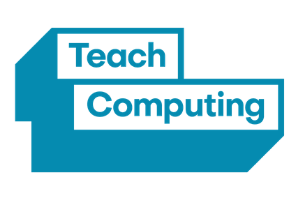
At St. George's, we believe that Computing is a core subject. We follow the TeachComputing Curriculum to ensure our pupils build upon the key knowledge and skills required in the National Curriculum cumulatively, empowering them to be ready for the next stage.
TeachComputing say this about their curriculum:
Our curriculum contains everything you need to teach computing at key stages 1 to 2 and goes beyond to key stage 4.
All of the content has been created by subject experts, based on the latest pedagogical research and teacher feedback. It also provides an innovative progression framework where computing content (concepts, knowledge, skills, and objectives) has been organised into interconnected networks we call learning graphs.
Please visit the website here to find out more about the TeachComputing curriculum.
PurpleMash Curriculum Resource
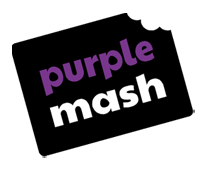
At St. George's, we supplement the TeachComputing Curriculum with PurpleMash teaching resources. Our curriculum lead has mapped PurpleMash resources to objectives from the TeachComputing curriculum. Teachers choose the resource they believe delivers the objective best to their pupils, dependent on prior knowledge and age.
PurpleMash say this about their resources:
Award-winning computing tools
Much-loved tools and activities to teach every aspect of the computing curriculum.
To find out more about PurpleMash Computing resources, click on their website, here.
Internet Safety
We recognise that Internet safety is becoming increasingly important in our digital age. Our curriculum has opportunities to teach Internet safety across a range of devices and platforms built in. For instance, we participate each year in Safer Internet Day. We also have it as a running theme across Computing sessions, as well as targetted sessions in each year group. Our RSHE curriculum, Jigsaw, also has direct links to helping pupils stay safe.
Click the images below to be taken to some resources which parents can use at home to support helping pupils stay safe online.

